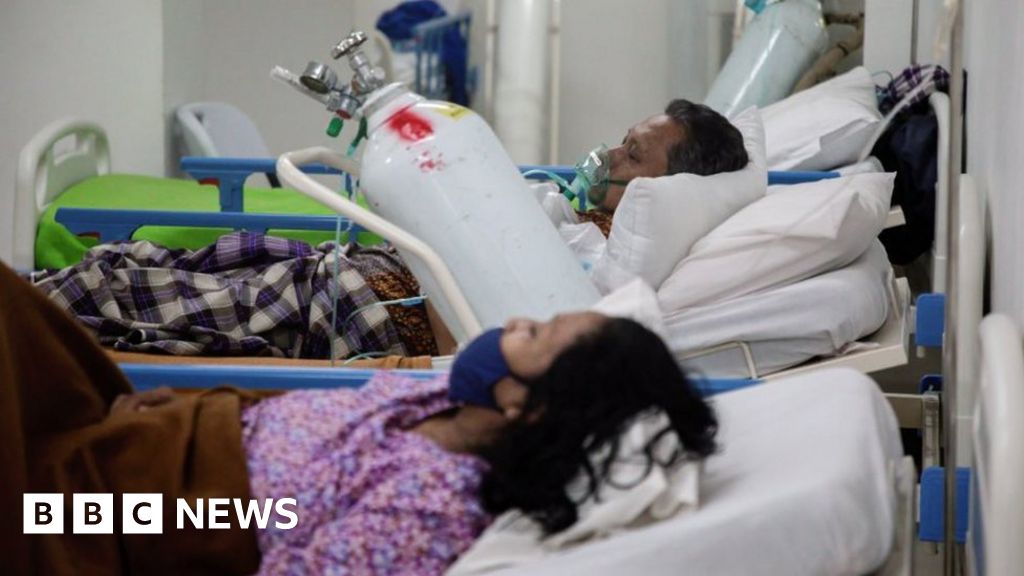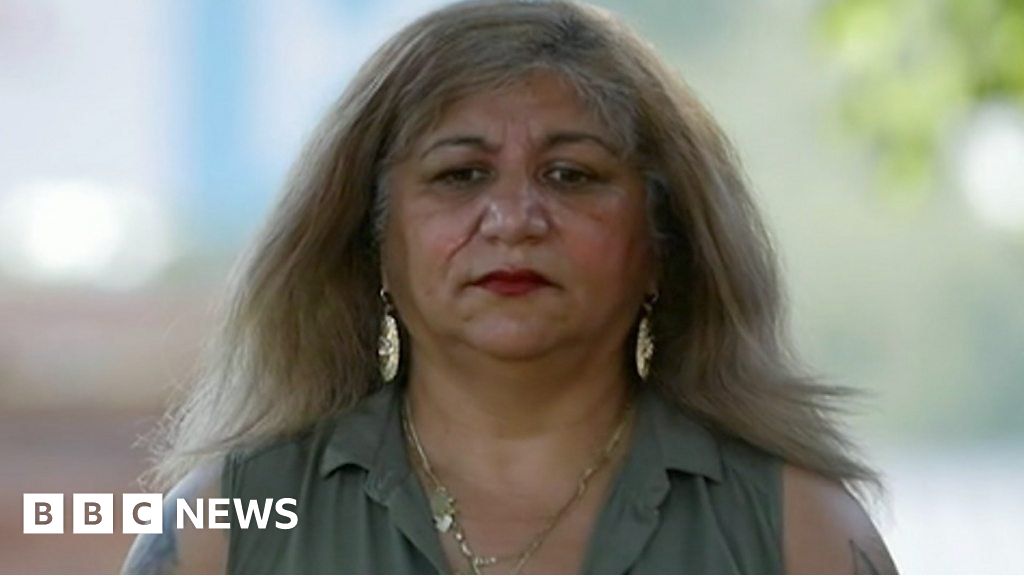[ad_1]
In Egypt, a huge “new administrative capital” is under construction, about 45 km (28 miles) east of Cairo, on a strip of desert the size of Singapore.
If you are passing through Cairo on foot or by car, you might be tempted to think that the Egyptian government has embarked on this multibillion dollar project to meet an urgent need.
Indeed, the current capital is barely functioning. Ministries and embassies surrounding Cairo’s central Tahrir Square obstruct the city’s arteries. With many streets blocked off to keep these buildings and their occupants safe, sometimes it is not possible to get from A to B in the city. In addition, the 22 million inhabitants of the already overcrowded capital are expected to double by 2050.
So it’s easy to believe that the new administrative capital, which is expected to house embassies, government agencies, parliament, 30 ministries, a spiraling presidential complex and some 6.5 million people when completed, is a necessity. It looks like it will not only move administrative buildings out of Cairo, but also create much-needed housing. In addition, the government has committed to allocate 15 square meters of green space per capita in the new development. The new capital will have a central “green river”, a combination of open water and planted greenery twice the size of Central Park in New York City. Thus, the project is also being sold as an effort to fight pollution and make Egypt “greener”.
But if you look beneath the surface, and most importantly, follow the money, you will clearly see that this project is much more than a selfless effort by the government to decongest Cairo and improve the living conditions of the city’s residents.
The army pays, the army profits
The new administrative capital is expected to cost around $ 40 billion. Fifty-one percent of the Administrative Capital for Urban Development (ACUD), the company overseeing the project, belongs to the Egyptian military and the remaining 49 percent to the Ministry of Housing.
The huge role of the military in funding the project is further evidence of the amalgamation of civilians and military in a country ruled by a former army general – current President Abdel Fattah el-Sisi arrived in power following a “coup” which eliminated Mohamed Morsi, the first democratically elected Egyptian president.
And the army does not just “pay” for the project. She will also reap huge financial benefits from this ambitious endeavor. ACUD, majority owned by the military, is responsible for selling housing in the new capital. In addition, the company is also responsible for selling or operating the Cairo buildings which will be vacated after the agencies, ministries and embassies move to their new premises. Some of these buildings are found in the very heart of Cairo, overlooking Tahrir Square, and are of significant value.
This means that the military will see huge financial returns once the new capital is completed. In addition, these gains will not be inspected by a civilian authority, as the government has little control over the finances of the military.
The construction effort itself is a huge economic opportunity. To build a new city, you need not only funds, but also cement, bricks, electrical appliances, carpentry, safety equipment and, most importantly, labor. Thus, this project is an opportunity to create much needed jobs and to rejuvenate Egypt’s basic industries, such as construction.
But there are fears the project will not only help the country’s basic industries and struggling businesses get back on their feet, but also allow the military to expand its tentacles across the Egyptian economy. The military, for example, has the capacity to supply much of the steel and cement needed to complete the construction of the new city. In addition, he has access to cheap labor in the form of low-paid conscripts. As such, the military will likely benefit the most from this unprecedented construction campaign.
A new city for the privileged few
It is also not known who will be able to live in the new capital once it is finished. Housing is sold there at very high prices. A two-bedroom apartment in the new capital costs around $ 50,000 – a huge sum that is beyond the reach of many in a country where the gross domestic product (GDP) per capita is around $ 3,000.
Thus, it appears that the new administrative capital will serve as another gated community for the rich and will do little to meet the housing needs of poor and disadvantaged residents of Cairo.
If the government does not take urgent action to ensure that the doors to this new city are also open to the poorest citizens, this new project will provide little help to underprivileged Egyptians. This is why the New Administrative Capital is already considered by many to be a colossal waste of resources. Critics say the money spent on building the new capital should instead have been used to improve living conditions in the slums of what would soon be known as “old Cairo”. In response to these criticisms, the government said the city will eventually include social housing as well, but has not provided any details on when these units will be built and made available to those in need.
All of this is reminiscent of the Hosni Mubarak regime and its fall. The last decade of Mubarak’s rule was supported by the rise of wealthy capitalist cliques helping the economy to grow, but simultaneously preventing the benefits of that growth from reaching the poorer sectors of society. And one of the most prominent slogans of the January 2011 protests that toppled Mubarak’s regime was “social justice”. With this project – which will likely make the rich in the country richer, the military stronger, and contribute to the ever-growing misallocation of resources – el-Sisi appears to be repeating the mistakes that led to Mubarak’s downfall.
But if the project is not going to help people and increase their support for the government, why is el-Sisi going ahead with this huge effort?
Stability, legitimacy and legacy
Egypt’s new administrative capital may not do much to help ordinary Egyptians, but it will bring key benefits to President el-Sisi.
First, this new project will help bring powerful Egyptian companies to el-Sisi’s side. The private sector had significant economic and political weight in Egypt during Mubarak’s reign. But after el-Sisi came to power, he was mostly sidelined by the military and reduced to a secondary actor.
In neoliberal economies like Egypt, authoritarian governments need the support of the private sector to maintain stability. And el-Sisi knows that a huge building effort – like building a new capital – is the best way to conquer businesses.
While the military will likely be the ones to benefit the most from the construction of the new administrative capital, the project is so large and lucrative that it will also create opportunities for the private sector.
For example, one of the largest construction companies in Egypt, the Talaat Mustafa group, laid the groundwork for “Noor City”, a “smart city project” in the new administrative city. Such projects encourage the private sector to support the government and also generate significant tax revenues. Noor City, for example, is expected to generate tax revenues estimated at $ 7 billion.
The new capital will also give al-Sisi the much-needed legitimacy.
Personality cults have long been an important aspect of Egyptian politics. Over the years, Egyptian rulers have repeatedly attempted to demonstrate the legitimacy of their authority by giving their names to towns, buildings, roads and bridges. There is a town named after former Egyptian ruler Anwar Sadat, and dozens of bridges and roads named after former President Hosni Mubarak.
Although the new administrative capital does not bear the name of el-Sissi, it is its flagship project and its legacy. His regular visits to the city are covered obsessively by the state-controlled media. It is impossible to think of the new city without thinking of el-Sisi. The main mosque in the new administrative capital is called ‘Al-Fatah al-Aleem’ [the opener, knowledgeable], two names of God, but some take them as connotative references to the president, whose first name is Abdel-Fatah.
Finally, and perhaps most importantly, the new project will help al-Sisi control any future revolt against his regime and consolidate his power.
In 2011, it was clear to all of us in Egypt that Mubarak lost power when he lost control of the strategic Tahrir Square.
Protesters seized the square on January 28, 2011 and created what they dubbed “the Republic of Tahrir”. They appointed ministers in a symbolic cabinet, created their own security apparatus and torched the headquarters of the ruling National Democratic Party overlooking the square. Suddenly, the Mubarak regime no longer had any legitimacy.
And in June 2012, on his election day, Morsi went to Tahrir Square, waved to the crowd and unbuttoned his jacket – showing people that he was not wearing a bulletproof vest and that as a as their representative, he was not afraid of them. He controlled Tahrir Square, and therefore Egypt.
A few months later, Morsi’s opponents filled the same square to first claim and then celebrate his removal from power.
Through it all, el-Sisi was undoubtedly taking notes and realizing that Tahrir Square is the key to conquering and retaining power in Egypt.
Thus, after taking power, he immediately pledged to strip the place of its status as an arena where the legitimacy of the Egyptian regimes is decided.
It is now impossible for the people to take over Tahrir Square and challenge the legitimacy of the el-Sisi regime. His government has peppered the space with Pharaonic monuments and private security guards to make sure it cannot be filled with anti-government protesters.
Now, to further diminish the importance of the square, it is shifting the country’s center of gravity, its main institutions and seats of power, to a fortified man-made desert oasis about 45 km (28 miles) away.
On February 11, 2011, the Egyptian people marched from Tahrir Square to Mubarak’s presidential palace to force him to resign. Once the president moves to the new administrative capital, however, such a show of public will will no longer be possible. The state has already confirmed that the new capital will be well secured with advanced electronic surveillance systems. And more importantly, it will be miles from Tahrir Square and any other public arena where Egyptians can come together to voice their grievances with those who rule them.
In short, the New Administrative Capital will help the military and the government to consolidate their power. It will help the private sector to earn money and strengthen its relationships and loyalty to government. This will allow al-Sisi to legitimize his regime and build a legacy for himself. But the government’s responses to these claims are also true – this project will make a tangible difference in the lives of ordinary Egyptians living in the country’s congested capital, and the major construction effort will advance the national economy. So what to do with the New Administrative Capital? As the project will take years to complete, the jury is still out.
The opinions expressed in this article are those of the author and do not necessarily reflect the editorial position of Al Jazeera.
[ad_2]
Source Link






